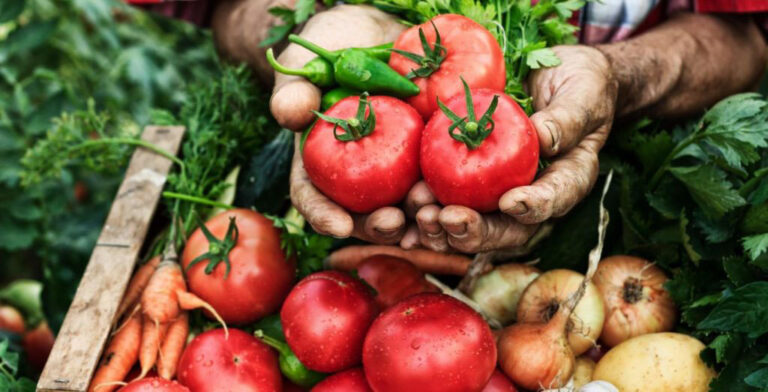
Commodities Report
Alerts & What’s Trending Produce The produce market faces ongoing challenges from weather disruptions, transitions, and logistical hurdles, with supply constraints and high prices expected for key commodities through December. Despite gradual improvements, heat damage and cold weather are impacting yields and crop growth, complicating transitions. Broccoli supplies remain tight with prorating expected, while commodities like lettuce, cauliflower, artichokes, and various greens continue to experience high prices and limited availability. Flexibility and coordination are essential to stabilize operations. Grain Soybean meal was the only major grain to post week-over-week gains. Corn prices faced downward pressure amid trade tensions between the U.S. and Mexico. Meanwhile, U.S. winter wheat conditions improved as drought in the Southern Plains continued to ease. Dairy Spot block cheese prices remained stable, but barrel prices fell to a 32-week low. Spot butter hit a new year-to-date low, reflecting softened market conditions. Meanwhile, cold storage


